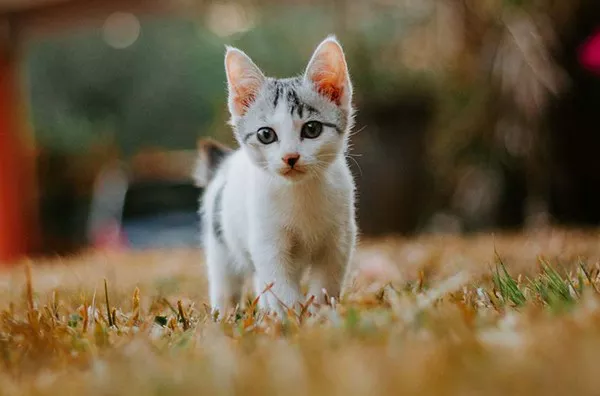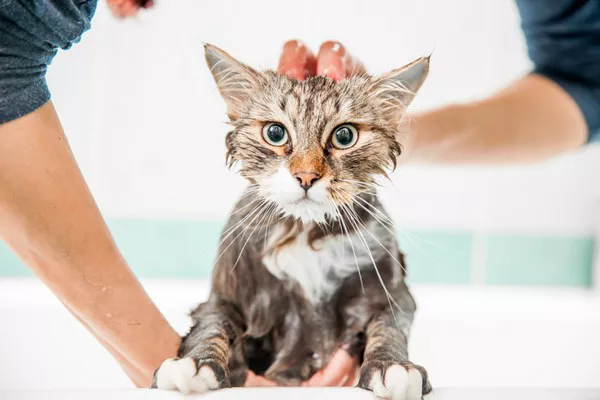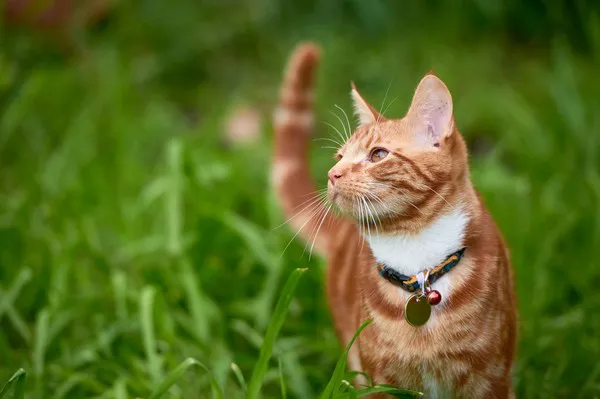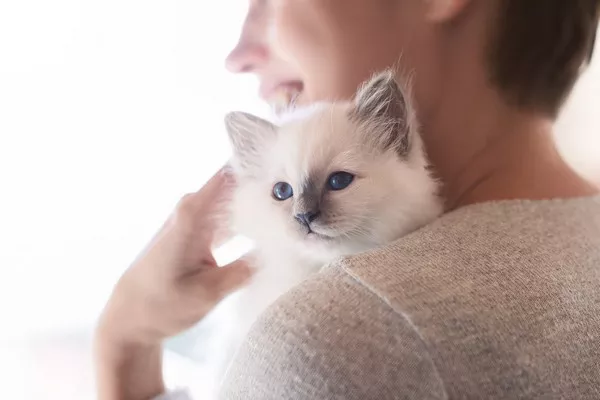Calico cats have long been admired for their striking, multicolored coats and unique personalities. One intriguing aspect of these feline companions is their propensity for vocalization. Many Calico cat owners have observed that their furry friends are particularly chatty, expressing themselves through a wide range of vocalizations. In this article, we delve into the world of Calico cats to unravel the mystery behind their vocal nature and explore the factors that contribute to their talkative behavior.
The Calico Cat: A Tapestry of Colors and Personality
Calico cats, known for their distinctive tri-colored fur, are not just a visual delight but also possess distinct personality traits. They are often described as affectionate, independent, and, notably, quite vocal. The combination of their unique coat pattern and lively demeanor makes them stand out among other cat breeds. Understanding the origins of their vocal tendencies requires a closer look at the genetics and behaviors inherent in Calico cats.
The Genetic Mosaic: A Predisposition to Vocalization
Calico cats owe their vibrant coat patterns to a genetic phenomenon known as mosaicism. This occurs when two different color genes are present in a cat‘s DNA, resulting in the distinct patches of black, orange, and white. Interestingly, the same genetic intricacies that create their visually appealing coats may also contribute to their vocal nature. Some researchers posit that the genetic diversity responsible for their coat patterns might extend to their behavior, including vocalization.
Social Interaction and Communication
One key reason behind the vocal nature of Calico cats is their strong inclination towards social interaction. These feline companions are known to be highly social creatures that enjoy engaging with their human counterparts and other animals. Calico cats often use vocalizations as a means of communication, expressing their needs, desires, and emotions. Whether it’s a soft purr, a playful meow, or a more insistent yowl, these vocalizations serve as a tool for Calico cats to interact with their surroundings.
Hormonal Influences: The Impact of Gender
Gender plays a significant role in the vocalization patterns of Calico cats. The majority of Calico cats are female, as the tri-color coat is linked to the presence of two X chromosomes. Female cats, in general, tend to be more vocal than their male counterparts, and this trait is accentuated in Calico cats. Hormonal fluctuations, especially during the estrus cycle, can lead to increased vocalizations as female Calico cats communicate their availability for mating. Understanding the hormonal influences on their behavior sheds light on the multifaceted nature of Calico cat vocalizations.
Temperament and Emotional Expression
Calico cats are renowned for their expressive personalities, and their vocalizations are often linked to emotional states. From content purring when being petted to assertive meows when demanding attention, Calico cats use their voices to convey a spectrum of emotions. Their talkative nature can be seen as an extension of their vibrant personalities, allowing them to communicate with their owners in a way that goes beyond mere body language.
Environmental Factors: Adapting to Surroundings
The environment in which a Calico cat is raised can also influence its vocalization tendencies. Calico cats that are exposed to various stimuli and interactions from an early age may develop more vocal habits as a way of navigating their surroundings. Conversely, a Calico cat that experiences stress or anxiety may resort to vocalizing as a means of expressing discomfort or seeking reassurance. Understanding the environmental factors at play is crucial for cat owners to create a supportive and enriching atmosphere for their vocal Calico companions.
Attention-Seeking Behavior: The Need for Interaction
Calico cats, being social beings, often engage in vocalizations as a way of seeking attention and interaction with their owners. Whether it’s a gentle meow or a persistent yowl, these feline friends may use their voices to convey a desire for playtime, affection, or even a tasty treat. Recognizing and responding to their vocal cues can strengthen the bond between Calico cats and their owners, fostering a positive and communicative relationship.
Health Considerations: Rule Out Medical Issues
While Calico cats are known for their vocal nature, excessive or sudden changes in vocalization patterns could be indicative of underlying health issues. Regular veterinary check-ups are essential to rule out any medical concerns that may contribute to changes in behavior. Issues such as dental problems, discomfort, or illness can manifest in altered vocalizations, highlighting the importance of monitoring a Calico cat’s overall well-being.
Conclusion
In conclusion, the vocal nature of Calico cats is a fascinating aspect of their unique personalities. From the genetic mosaic that creates their distinctive coat patterns to the influence of gender, hormones, and environmental factors, various elements contribute to the talkative behavior of Calico cats. Understanding and appreciating these factors can deepen the connection between cat owners and their Calico companions, allowing for a more enriching and communicative relationship. So, the next time your Calico cat engages in a spirited conversation, remember that it’s just another way they express their colorful and captivating nature.
Related Topics:
Why Do Calico Cats Meow So Much? [3 Top Reasons]
8 Questions About Calico Cats — Answered
Why Are Male Calico Cats So Rare?


























